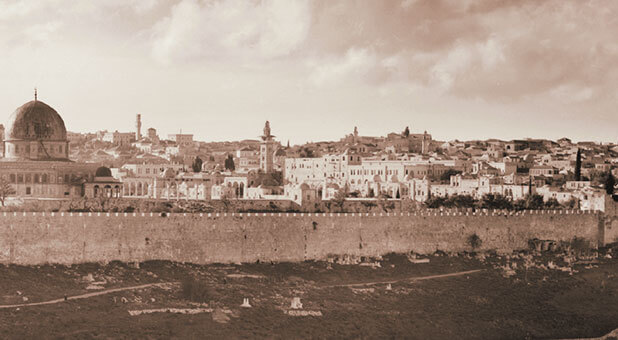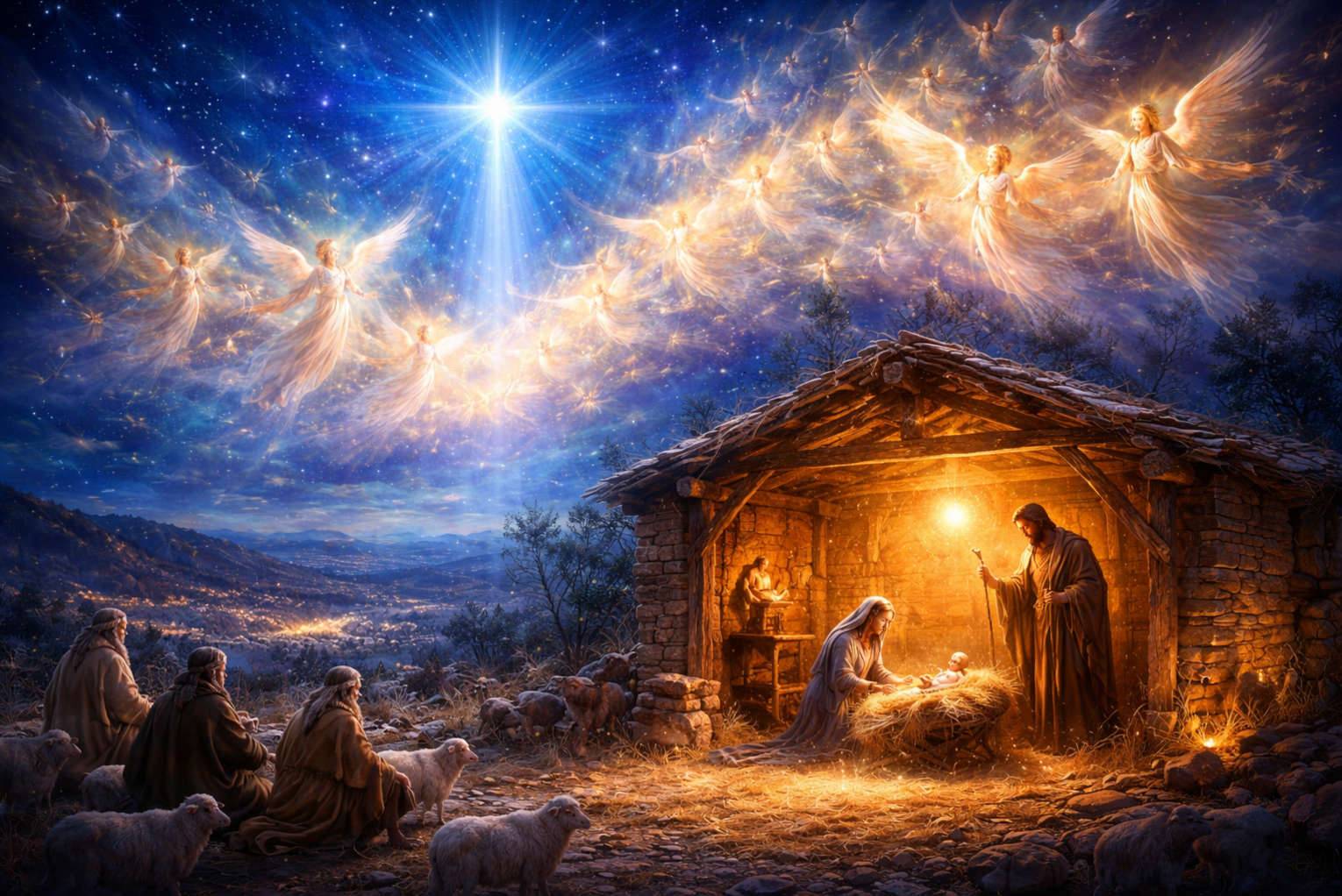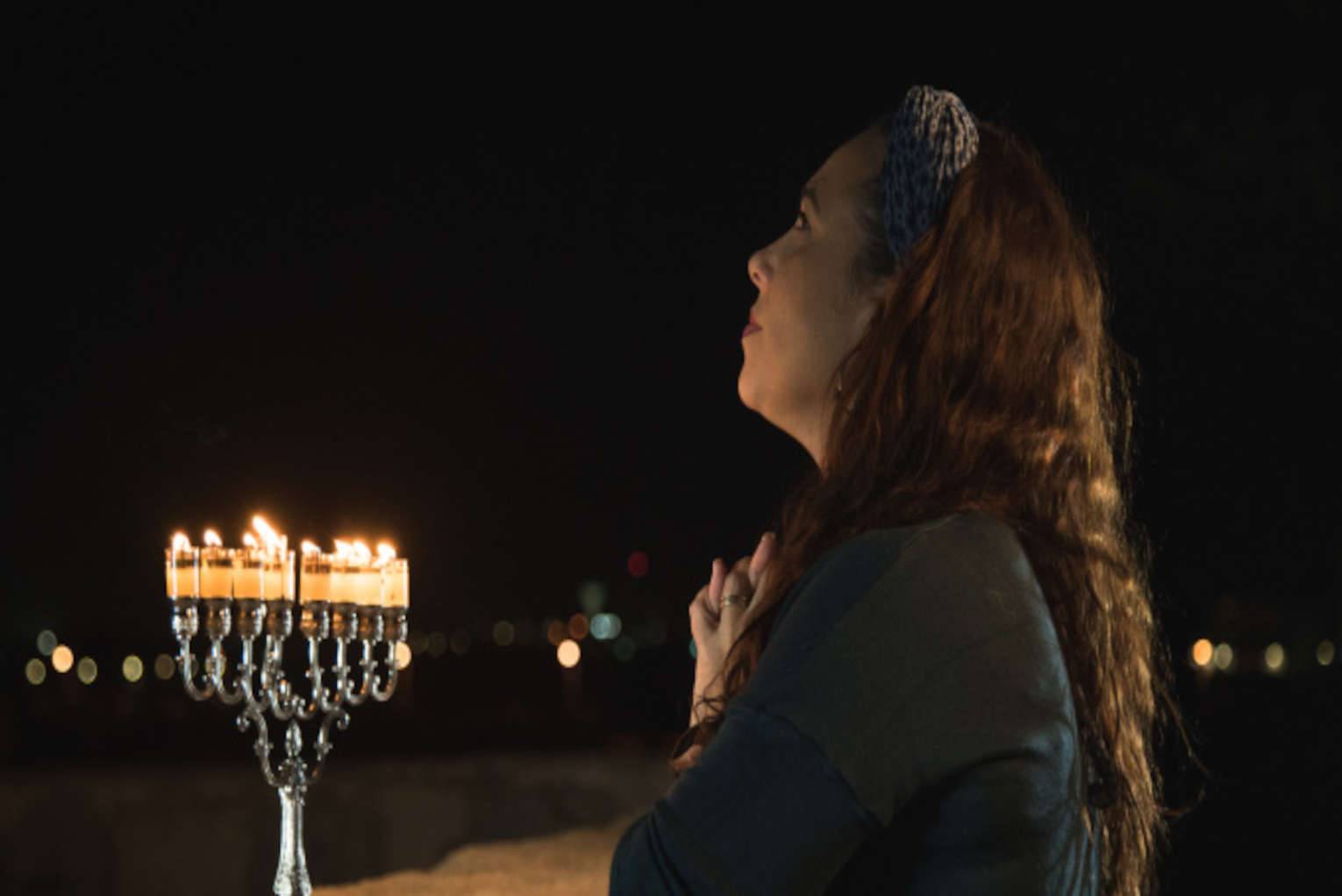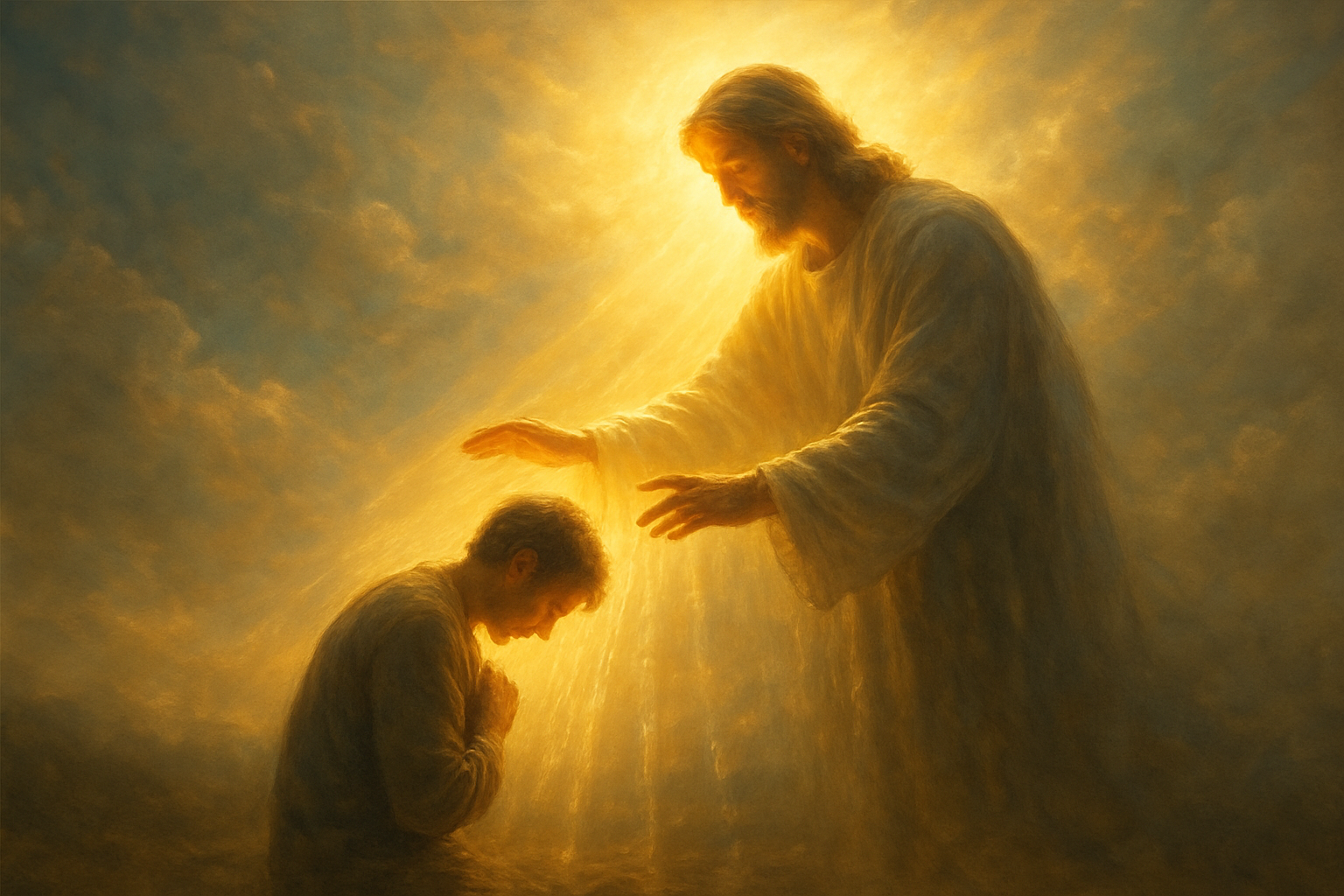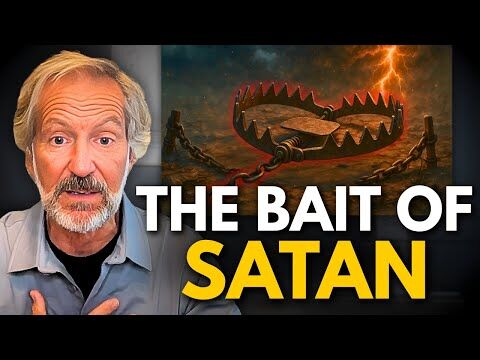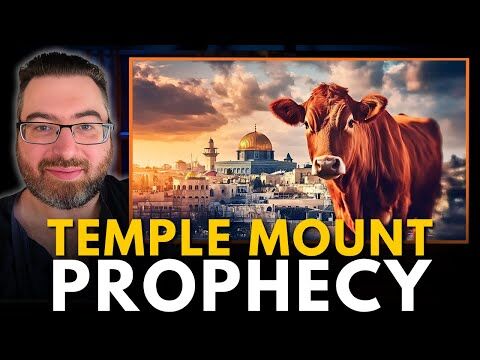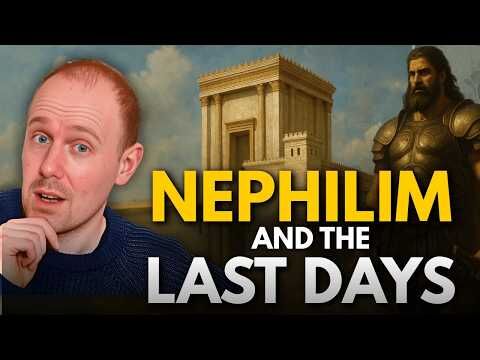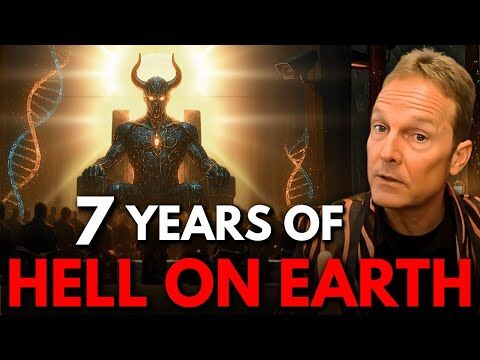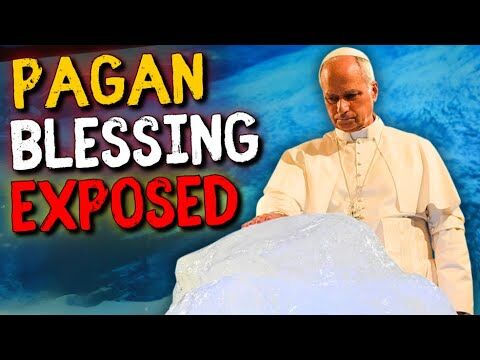The opportunity to tour Israel came at a good time. For months, my life seemed like a mindless plodding through necessary routine, as monotonous as an all-night shift on an assembly line. Life gets that way sometimes, when nothing specific is wrong but the world seems drained of color. Even my weekly worship experiences and daily quiet times with God felt as dry and stale as last year’s crackers.
I’m ashamed to confess my malaise. I’ve been given so much. Shouldn’t a Christian’s life be as exciting as Christmas morning, as joyful as Easter Sunday? But too many changes—unwelcome and unexpected—had erupted in my life like dormant volcanoes, rumbling and smoking and creating havoc.
I was angry with God because things hadn’t turned out the way I pictured them. Depression is sometimes caused by anger that we keep locked up inside. Was this why I felt so ambivalent about church? Why my daily devotions seemed as gray and limp as a soggy tissue? Why my prayers had become a dull routine?
“What is Your will for me?” I cried out to God. “And why all these changes?”
So I traveled to Israel on my pilgrimage, longing for spiritual renewal, longing to see the bigger picture of His plan. I wanted to revitalize my prayer life and renew my joy. That’s asking a lot for a two-week trip. But this is Israel—the stage on which the Bible is set, a land where Scripture springs to life in three dimensions like a children’s pop-up book.
Temple Warnings
The tour begins in the wilderness region of southern Israel in a terrain as parched as my soul, then moves north to the Dead Sea and Jericho. After a few days of travel we reach Jerusalem, and I find myself gazing at the site where God’s Holy Temple once stood. I walk down an ancient paved street below the Temple Mount, a busy shopping district in Jesus’ day, and easily picture swarms of people ascending and descending the immense staircases that led to the Temple. I pass the remains of a row of shops and can almost hear the vendors hawking their wares and buyers haggling over prices.
Jews revere this mountain as the place where Abraham offered his son Isaac—and where God provided a ram to sacrifice instead. King David later purchased the site for a permanent place of worship, and Solomon built the first Temple here. That temple was destroyed by the Babylonians and later rebuilt. In 20 B.C., King Herod began an extensive reconstruction project that was still ongoing in Jesus’ day and wasn’t completed until 64 A.D. Statistics can’t convey the magnificence of that Temple: a 15-story sanctuary adorned with billions of dollars’ worth of gold; a courtyard the size of 30 football fields.
The Romans destroyed Herod’s Temple in 70 A.D., yet the remnants lie all around me: massive quarried stones, hundreds of pillar parts, carved columns and paving stones, all hurled down from the Temple complex during its destruction. A golden-domed Islamic shrine, built around 690 A.D., now stands there.
Herod’s ambitious Temple project certainly impressed Jesus’ disciples. “Look, Teacher! What massive stones! What magnificent buildings!” one of them exclaimed.
“Do you see all these great buildings?” Jesus replied. “Not one stone here will be left on another” (Mark 13:1-2, NIV). I imagine Him shuddering the way I do when I see a picture of the Manhattan skyline before 9/11. As Jesus looked into Jerusalem’s future, He saw death, destruction, and the coming changes.
Herod’s Temple stood completed for only six years before the Romans demolished it. Ironically, it happened on the same day of the Jewish calendar that the Babylonians destroyed Solomon’s Temple in 586 B.C.—the 9th day of Av. The so-called Wailing Wall, where Jewish people pray today, is merely a remnant of the retaining wall that Herod constructed around the mountain.
I look at this jumble of stones, and they sober me. If Jesus was right about the Temple’s destruction, why don’t I pay closer attention to His other warnings? In speaking of the Day of Judgment, He said, “Because of the increase of wickedness, the love of most will grow cold” (Matt. 24:12). He warned, “Be careful, or your hearts will be weighed down with dissipation, drunkenness and the anxieties of life, and that day will close on you unexpectedly like a trap” (Luke 21:34). If America had been forewarned about the 9/11 attacks, wouldn’t we have taken them seriously? How should we live now, with Jesus’ warnings in view?
Jesus said wickedness would increase, which isn’t hard to imagine when I look at our modern world. But more worrisome for me, He predicted that our love would grow cold, meaning our love for God and for others. After 42 years of marriage, my husband and I work hard to make sure our love doesn’t grow cold, spending time together and not allowing busyness to interfere. How much more important then, to put time and effort into my relationship with God to keep my spiritual passion alive? Jesus warned the Ephesian believers, “You have forsaken your first love” (Rev. 2:4). I don’t want that to be true of me. If my husband and I plan date nights, surely I can take time out for prayer and spiritual retreats—a “date night” with God.
Jesus ends His warning with these words: “Be always on the watch, and pray” (Luke 21:36). The foundation of every marriage is taking time to talk and listen to each other, sharing joys and worries. It’s the heart of our love relationship with God too. Jesus often went off to a quiet place to pray. Yet I’ve allowed the unwanted changes in my life to distract me instead of drawing me to God.
I’m grateful for having time on this pilgrimage to share my worry and grief with God once again, grateful for the chance to hear what He’s saying to me in reply. I’m laying the foundation for a better prayer life when I return home.
Wind and Fire in the Temple
Ascending from this ancient Jerusalem street is a sweeping set of stairs to the Temple Mount. They once led through a doorway in the retaining wall and served as a main entrance to the Temple complex in Jesus’ day. Worshippers climbed an underground stairway from street level, emerging into brilliant sunlight in the Temple courtyards. But the doors are bricked shut and the steps lead nowhere. I gaze at the enormous building stones Herod used for his retaining wall, cut so perfectly that mortar was unnecessary. Directly below me are the ritual baths where worshippers washed before offering sacrifices.
Herod’s Temple was destroyed, yet God has never been without a temple. “Don’t you know that you yourselves are God’s temple and that God’s Spirit lives in you?” (1 Cor. 3:16). God began building His new temple on the Day of Pentecost, 50 days after Easter when the disciples gathered here. On Pentecost, worshippers brought the first fruits of their summer crops to the Temple in a joyful procession and offered them to God. The day also commemorates the giving of the Law on Mount Sinai. When Moses returned from the mountain with the Ten Commandments on that first Pentecost, 3,000 Israelites who had worshipped the golden calf perished.
Jesus’ disciples and followers began their celebration at nine o’clock in the morning, and “suddenly, a sound like the blowing of a violent wind came from heaven and filled the whole house where they were sitting. They saw what seemed to be tongues of fire that separated and came to rest on each of them. All of them were filled with the Holy Spirit and began to speak in other tongues as the Spirit enabled them” (Acts 2:2-4).
In Old Testament times, the Holy Spirit fell for a limited time and in small doses on His prophets and others anointed for His work. But God promised to pour out His Spirit on all people one day (Joel 2:28-29), and now it had happened. Peter preached to the amazed crowd, and 3,000 people were baptized, the “first fruits” of His worldwide body.
Many scholars believe that the events of Pentecost took place here at the Temple. Scripture says the wind “filled the whole house where they were sitting” (Acts 2:2), and Jews typically called the Temple “The House.” Pentecost is celebrated at the Temple, not at home, so it’s likely that Peter and the others would have gathered here early in the morning.
Living Stones
These steps leading to the main entrance would make a wonderful stage for Peter’s speech. And the ritual baths directly below would provide a convenient place to baptize 3,000 new believers. But the outcome of Peter’s speech is more important than the location. God set the first stones of His new temple in place that day. “You are … built on the foundation of the apostles and prophets, with Christ Jesus himself as the chief cornerstone. In him the whole building is joined together and rises to become a holy temple in the Lord. And in him, you too are being built together to become a dwelling in which God lives by his Spirit” (Eph. 2:20-22). God sent His Holy Spirit to dwell not in a manmade building but in His people.
We don’t always realize what a privilege we have. For centuries, God’s Spirit was thought to dwell only in His Temple. Now He dwells in us, going everywhere with us to guide and empower us. “Surely I am with you always,” Jesus promised, “to the very end of the age” (Matt. 28:20). But with that promise comes responsibility.
I look up at these remaining stones from the Temple’s retaining wall and see how perfectly the masons cut each one to fit in place, and it’s a picture of us as His “living stones.” Peter wrote, “You also, like living stones, are being built into a spiritual house” (1 Pet. 2:5). That term, “living stone,” describes a rock that has been chiseled into a building block—and these past months I’ve felt like a rock in a quarry as I’ve experienced His cutting and chipping. But when I look up at the wall’s original building stones, I can begin to imagine what the final result will be when His work in me—and in us—is finished. God uses the painful trials we experience to fit us for our place in His new temple. If we allow Him to work, we become “living stones,” shaped to fit tightly together, shoulder to shoulder. How comforting to know that the pain we experience now, when surrendered to Him, will one day bring glory to God.
If I resist His work in my life, I become as useless as a block in a stair that leads nowhere. But shaped by Christ’s grace and love, I become a stepping stone to help others find a way out of the darkness into God’s dazzling light.
Work in Progress
Much too soon my pilgrimage to Israel ends. My journal is crammed with notes, my camera bursting with photographs. Yet the image that sticks in my mind is of a construction site I saw in Jerusalem. In digging the foundation, the workers encountered ancient ruins and artifacts just below the surface. The building materials, cranes and bulldozers scattered around the vacant lot told me that construction was moving forward even as the archaeologists examined the past. A poster on the construction fence showed the architect’s vision of the finished building. Past, present and future collided right before my eyes.
Like that construction site, my pilgrimage enabled me to envision the past, the present and the future all at once—a God’s-eye view of time. The past was visible in the ruins I’ve seen, reminding me that the roots of my faith go very deep. The stories and people in the Bible have shaped my faith and provided a foundation for my life and work. But now I have to accept the changes He is bringing into my life and do my part to build on that foundation. The story of God’s love for us didn’t stop with the book of Acts. The daily choices I make, the battles I fight, are as important as the choices and battles in the Bible.
My day-to-day work doesn’t seem very glamorous, but I still need to show up for work, putting my faith into action. Even in those painful times when it seems as though the wrecking ball is doing more tearing down than building up, God is still constructing His kingdom. He is able to use all the menial, trivial tasks I do as His materials.
And what about the future kingdom that God is building? The Apostle John caught sight of it and wrote, “Now the dwelling of God is with men, and he will live with them. They will be his people, and God himself will be with them and be their God” (Rev. 21:3). As His workers, we can’t always grasp all the details of the finished building. But we can bend to the task that He gives us each day, knowing that our day-to-day work matters. We build in hope and faith, believing in what we cannot see, trusting in the Master’s Plan.
In the meantime, the view through the construction fence challenges me to accept the changes in my life and get busy, using the time and the talents He’s given me for His glory. My pilgrimage to Israel may be over, but the next step on my journey is just beginning.
Lynn Austin is a best-selling author whose novels have won eight Christy awards. Her love for Israel can be seen in her new book, Pilgrimage, from which this article was adapted.

